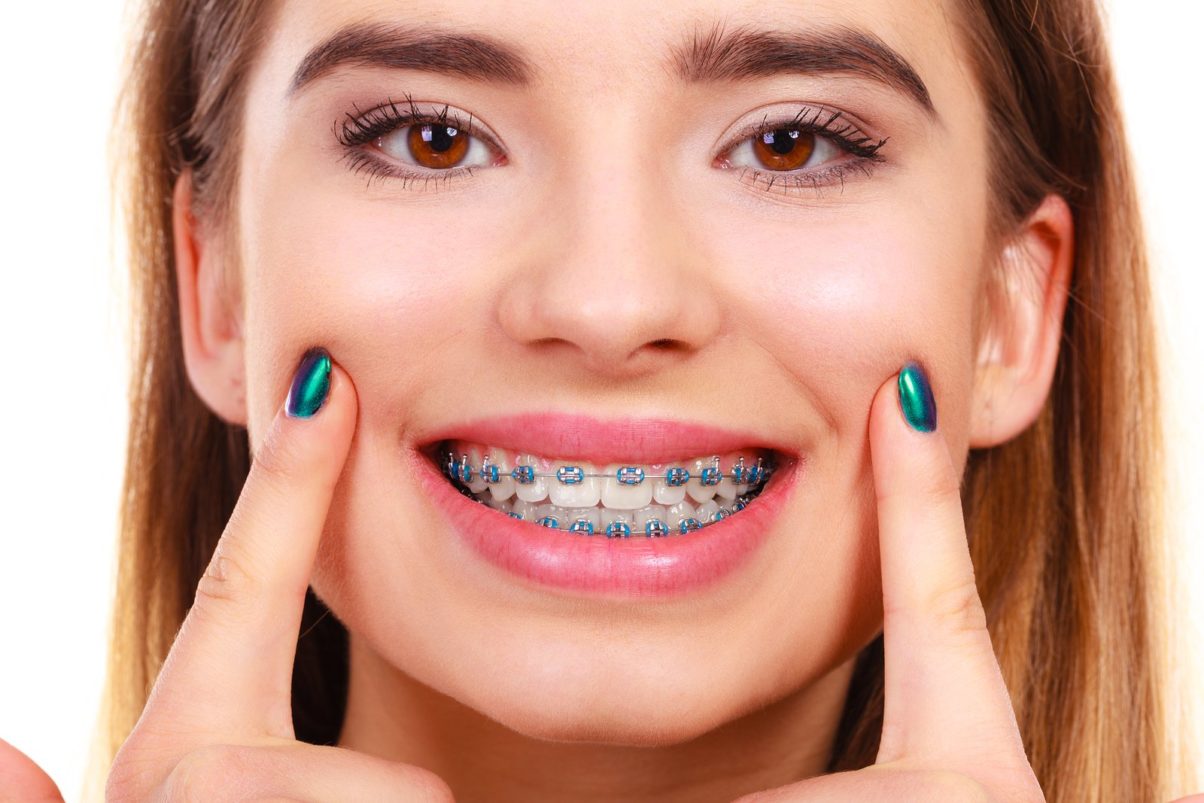These days, patients have diverse options when it comes to choosing braces for their teeth. With so many choices, however, it’s not always easy to make a decision. Different types of braces work at different rates and have different maintenance needs, different costs and different levels of visibility. Here’s your guide to choosing the right braces for your unique needs.
Traditional Metal Braces: Consisting of small metal brackets connected by wires and bonded to your teeth.
Advantages
- Most affordable option for many patients
- Easier to care for compared to clear brackets
- Capable of addressing a more diverse range of alignment issues
Disadvantages
- Most visible/noticeable type of bracket
- More difficult to care for compared to clear aligners
- Patient must eliminate or limit certain problematic foods from their diets while receiving treatment
Ceramic brackets: Similar to metal braces in structure, but with tooth-colored brackets made from ceramic instead of metal.
Advantages
- More discreet than standard metal braces
- About the same treatment duration as metal braces
Disadvantages
- Cost more than traditional metal braces
- Special care is required to keep the tooth-colored ceramic brackets from staining
Clear Aligners: Every two weeks, patients receive new custom-made clear aligners, which gradually straighten their teeth.
Advantages
- Almost invisible to the eye
- Can be removed for meals
- Patients are not required to alter their diets
- Not difficult to care for
Disadvantages
- Only appropriate for patients who don’t need complex or dramatic orthodontic treatment
- Patients are advised to only drink tap water while wearing their aligners, according to the American Association of Orthodontists
- Patients must remember to put their aligners back in place after meals
- Patients must wear their aligners at least 22 hours every day to get results
- Capable of addressing only a limited array of orthodontic issues
Making the Right Choice
When it comes to choosing the right braces for your unique needs, there are many factors to consider including costs, preferences, limitations and the likelihood of complications based on unique alignment issues. Your orthodontist can help you decide on an appropriate option that will get desired results in a way that fits your lifestyle and individual budget.



 Previous Article
Previous Article